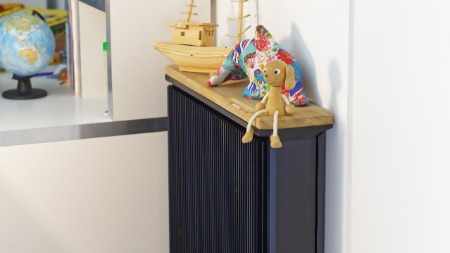News
Behind the Label - MAN ETES to decarbonize the heat supply
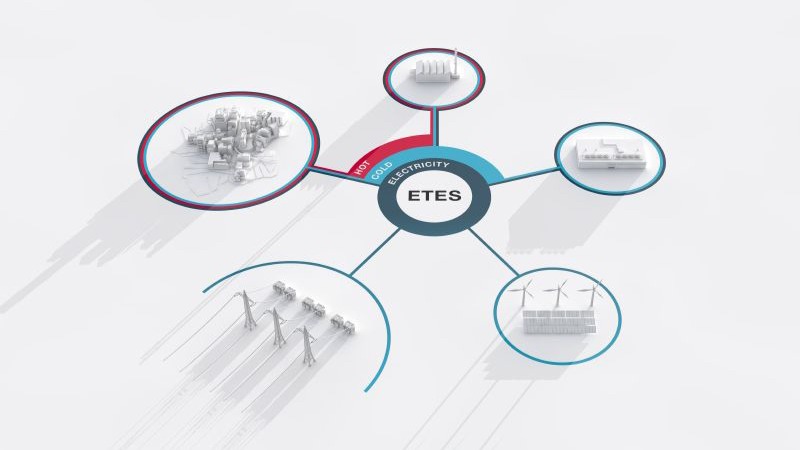
From today, more than 1300 Solutions have received the Solar Impulse Efficient Solution label. These are concrete examples of Solutions that have had their economic viability and environmental impact assessed by the exceptional rigour of our Experts.
But who is behind these Solutions?
This month, meet Raymond Decorvet, Senior Account Executive at MAN Energy Solutions Switzerland. Raymond Decorvet is working on MAN Energy Solutions' ETES (Electro Thermal Energy Storage) technology, a Solution that received the Solar Impulse Foundation Label in June 2021.
ABOUT THE INNOVATOR
Raymond Decorvet comes from an academic background in Economics and has always been passionate about technical solutions to increase the efficiency of processes. Prior to entering the machine industry, he spent 25 years in the Information and Communication Technology sector.
The turning point was at ABB where Raymond was responsible for data centres and heard the first time about ETES. Raymond was immediately enthused by this technology and eventually started working at MAN-ES in 2018 as Global Business Developer for ETES. ABB still owns the patent on the re-electrification of ETES but MAN-ES has the exclusive global right to use it.
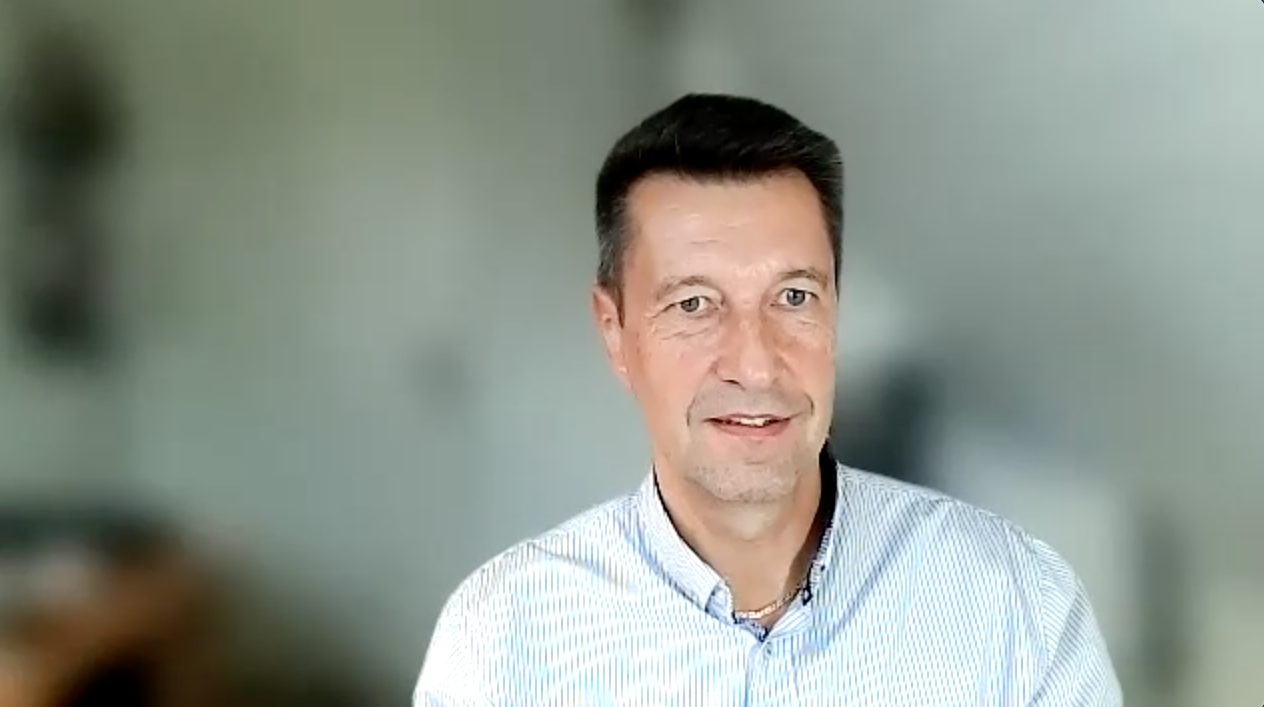
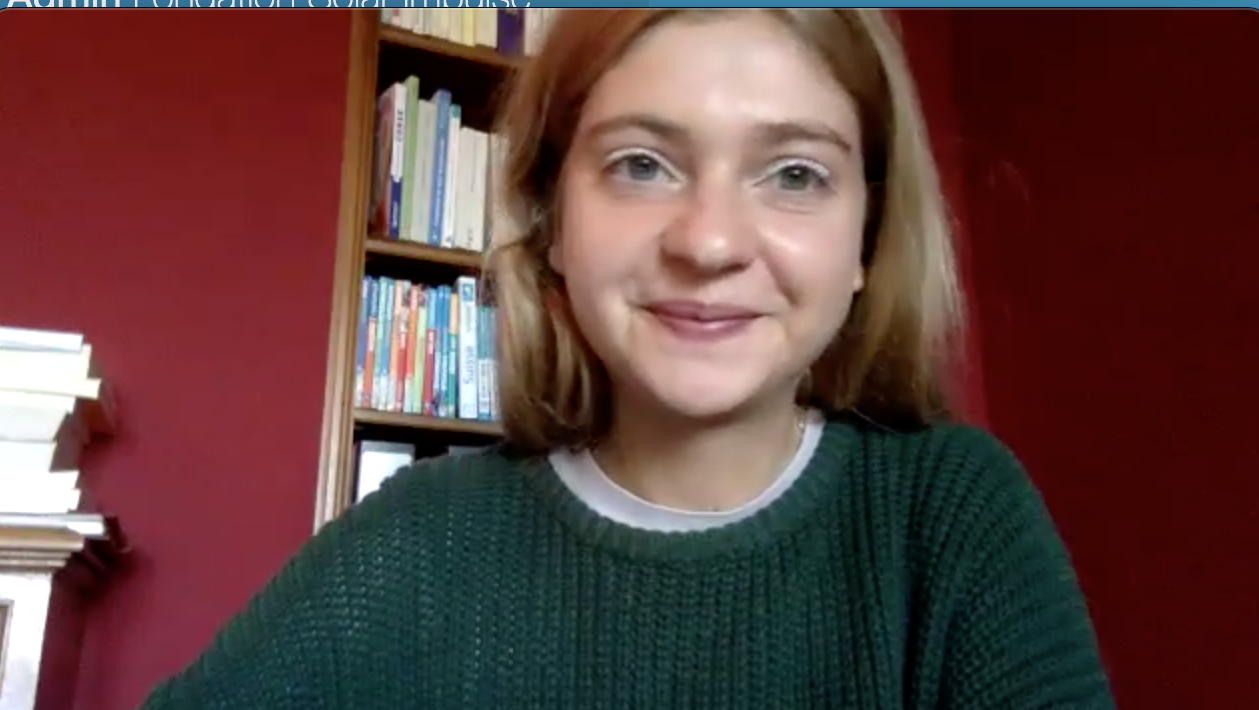
In February 2021, Raymond’s positive vision on the solution’s potential were confirmed. The Danish port city of Esjberg commissioned MAN ES to implement two of their heat-pump units (HPU) to help decarbonize their heat supply. With an overall heating capacity of 50 MW, the plant will supply around 100’000 local inhabitants with approximately 235’000 MWh of heat annually. The source of renewable power will be nearby wind farms and seawater as heat source for the generation of heating energy. The deployment of the heat-pumps will allow Esbjerg to reach their carbon neutrality target for 2023 and aligns with Denmark’s goal of phasing out coal. The CO2-based heat pump plant in Esbjerg will be the largest of its kind ever built in the world.
MAN ETES is a versatile technology that can be employed in various fields such as district heating and cooling, process industry applications and data center cooling. The technology is implementable at an industrial level as seen with the above successful implementation in Denmark. Its capacity in CO2 saving is greater than most solutions on the market. Why are we still waiting for its global adoption? Raymond is the right person to ask!
The starting point is the significant fluctuations in renewable power supply, especially wind and solar. Power grids in many countries are unable to cope with these intermittent electricity production patterns, especially overproduction on consistently sunny or windy days. If there is not enough power demand, the overcapacity of green energy could potentially damage the grids. Therefore, in order for the grid operators to avoid the degradation of their installations, they will either pay their consumers to consume more power (negative tariffs) or pay the producers of green power to switch off their installations (constraint payments). In 2020, constraint payments in Germany alone amounted to 1.2 billion euros and in the UK 274 million pounds.
This is where MAN ETES assumes its role by offering an alternative answer to fluctuations in green energy supply: thermal and electricity storage systems. The Solution is a large scale method and system for heat and cold production and thermal and electricity storage. The basic principle of the Solution is the conversion of electric energy into thermal energy, which is stored in hot water and ice reservoirs. The electrothermal process (Carnot Battery) not only allows the distribution of the generated heat and cold to users according to demand and margins, but also offers the option of converting it back into electricity as an additional usage variant.
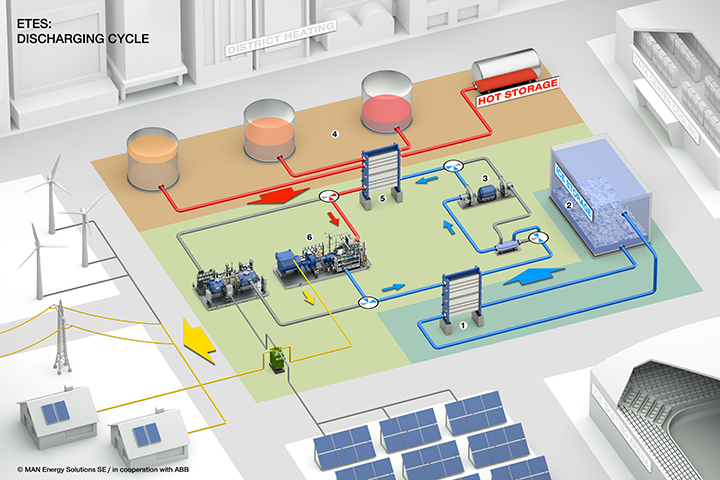
EUROPEAN LAWS
Although there is a high demand for electricity storage, especially from countries with a decent density of renewables, we must still overcome obstacles in the EU. Indeed, there is legislation in place that prevents grid operators from building their own electricity storage systems that are classed as Long-Durance Energy Storage (LDES) with more than 4 hours power output. Within the Solar Impulse Foundation, our experts have assessed the positive environmental and economic impact of this Solution. Only one Solution can save hundreds of thousands of tons of CO2 every year for the next 40-50 years. We are convinced that high impact solutions as ETES will be implemented as long as the external political and regulatory conditions become increasingly favorable. In addition to power storage capacity, MAN ES is bringing together the energy supply and demand sectors, allowing for sector coupling which is another powerful tool in avoiding waste and overcapacity of energy production.
WHAT'S NEXT?
The next big project announced by Raymond is for MAN to return to the data centres this year. With the launch of the project of Denmark in April 2023, it is the right time to bring MAN into position for cooling large Data Centers and integrating district heating at the same time. A new policy from Brussels is putting pressure on data centres to contribute to the community (Sector Coupling) and this is where MAN ETES plans to position itself.
Thank you to Raymond Decorvet for this exciting discussion! We are proud within the Solar Impulse Foundation to be able to work with such inspiring entrepreneurs and we look forward to our next collaborations.


